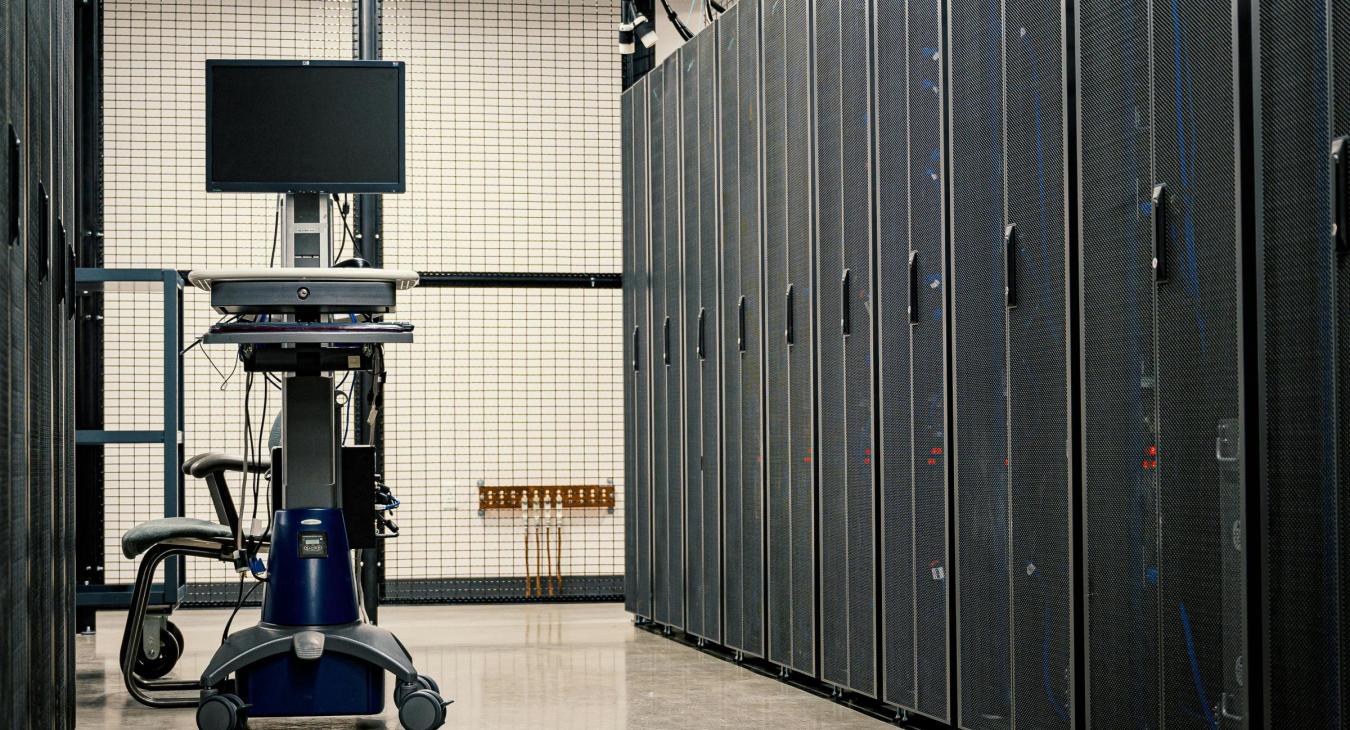By Allison Hamilton
Public power districts and electric cooperatives are receiving regular requests from companies that seek to build large data centers in their service territories. These requests bring both big opportunities and major challenges.
Why are data centers coming to rural areas?
There are several reasons why companies are choosing rural locations for their data centers:
• More land. Rural areas have plenty of space for large buildings.
• Resource diversity. Public power districts and electric cooperatives own and operate reliable sources of energy.
• Lower costs. Land and labor are usually less expensive outside of cities.
• Tax breaks. Local and state governments may offer tax benefits to attract these businesses.
Data centers can be huge, sometimes requiring more electricity than all the utility’s members combined. This increased demand for electricity brings several new opportunities for public power districts and electric cooperatives.
• Stable revenue. These centers require a lot of power and usually sign long-term contracts. This provides the local electric utility with steady income, which can help pay for system upgrades and keep rates lower for other members in the community.
• Improved infrastructure. To serve a large data center, the utility might need to build new power lines or substations. While this is expensive, it can also improve service for all utility consumers by making the electric system stronger and more reliable.
While data centers create significant opportunities for rural electric utilities by driving demand and investment, they also present new challenges in meeting increased electricity needs while maintaining reliable and resilient power delivery.
• High upfront costs. Building the new infrastructure to power a data center can cost millions, which is why local electric utilities work diligently with data center customers to ensure upfront costs are covered.
• Risk of losing a big customer. If the data center moves away or shuts down, the local electric utility could be left with expensive equipment it no longer needs. This could negatively impact the utility’s finances.
• Permitting and siting. Acquiring permission to build new power lines and substations takes time. There may be zoning rules, environmental reviews and public meetings that slow things down.
Planning for the future
To manage both the risks and rewards that data centers bring, electric utility leaders are taking a careful, informed approach. They are working closely with their generation and transmission provider (G&T), economic development offices and financial experts to plan these projects.
Public power districts and electric cooperatives are also ensuring contracts with data center operators include protections for the utility. For example, if the data center leaves early, they may be liable for paying part of the infrastructure costs. Forecasting tools are also aiding utilities in understanding how the new load will impact the local system.
Serving large data centers could be a gamechanger for many public power districts and electric cooperatives. These projects can bring jobs, revenue and new technology to rural electric utility communities. But they also come with financial risks and planning challenges. By asking the right questions and building smart partnerships, public power districts and electric cooperatives are poised to make decisions that serve their consumers well—now and in the future.

